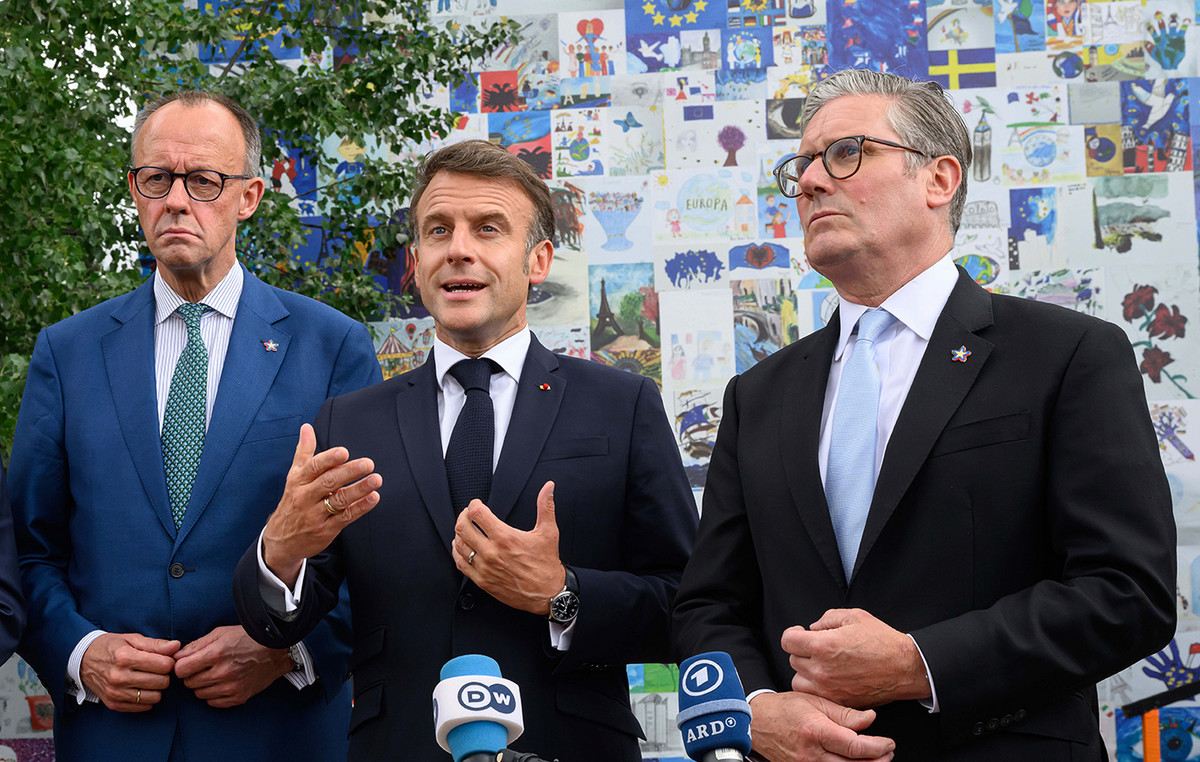Possibly more than any other time in NASA's history, the Columbia space shuttle disaster reshaped the U.S. space agency's approach to innovation, forever altering how it balances risk with the call to explore beyond Earth.
The tragedy killed seven astronauts when the space shuttle Columbia disintegrated upon returning to Earth on February 1, 2003, due to damage the spacecraft suffered during launch. More than 20 years later, lessons learned continue to shape the space industry and NASA's approach to working with private sector partners like SpaceX.
Changes at NASA were needed, according to a formal investigation into the Columbia disaster published six months after the accident. A culture of complacency and misplaced confidence in the space shuttle's experimental design resulted in disaster, as detailed in the report.
Concerns about vehicle safety by the team's engineers were also ignored by management, according to previous reports and a new documentary series from CNN “Space Shuttle Columbia: The Final Flight.”
The disaster led directly to the decision to end NASA's broader space shuttle program, forcing the U.S. space agency to rely on Russia for space travel — one of the countless ways Columbia altered history.
Cultural changes
Columbia marked the second fatal accident for the space shuttle program following the explosion of the space shuttle Challenger during launch in January 1986.
Following the Columbia disaster, NASA grounded its remaining fleet of three space shuttles as the space agency sought to understand what went wrong.
“We spent the next year and a half trying to encourage the NASA culture to prioritize safety and, most importantly, ensure that people with dissenting opinions or questions were heard,” Wayne Hale, then deputy space shuttle program manager, told CNN . “This was all done in the name of trying to encourage people to speak out.”
Some changes were simple: An audio conferencing system was replaced with video, Hale said. And in the space shuttle mission management team's meeting room, a round table replaced the rectangular table.
“We were told by the sociologist that if you had this long, straight table with the father figure at the head, it might discourage people from speaking out,” Hale said.
NASA also had “safety days” — time set aside for engineers to stop work and just “contemplate how to improve our organization’s approach to safety,” Hale added.
Changing perspectives
The tragedy affected the entire NASA organization, leaving a legacy that the remaining astronaut corps had to deal with.
“It obviously affected us emotionally,” said Garrett Reisman, a spacecraft engineer from California who, in 2003, was a member of the NASA astronaut corps hoping to make their first foray into space.
“I remember being called into the office, offering to work with the families,” Reisman added.
For two years, he said his entire job at NASA was checking in on the family of Ilan Ramon, the Israeli astronaut who died on the Columbia mission. He went with Ramon's children to the guidance counselor to help them choose classes. He and other astronauts helped find a home for Ramon's wife. Reisman still visits family in Israel once a year.
“It helped me understand exactly what the consequences are, not just for you (the astronaut) but for everyone you love,” Reisman said. “That stuck with me.”
Reisman flew on two space shuttle missions after the program resumed flights in 2005, while NASA implemented numerous safety measures, including a mandate that a backup shuttle be always prepared to rescue crew members from orbit if their spacecraft was damaged during launch.
Despite any lingering anxieties, the changes provided a new sense of security, Reisman said.
“We had all these inspection and repair techniques,” he said. “I felt that when I was flying Endeavor and Atlantis and Discovery (the three remaining space shuttles), it was much safer than what the crew of Columbia – and certainly Challenger – had faced.”
NASA forced to depend on Russia
The space shuttle Atlantis completed the program's final flight in July 2011, leaving NASA without the means to fly its astronauts to the International Space Station.
The end of the program forced the space agency to turn to Russia, which — as tensions eased in the post-Cold War era — was a primary U.S. space station partner and had a reliable vehicle called the Soyuz to transport its cosmonauts to the space station. orbital post.
The arrangement kept NASA astronauts in orbit. But as U.S.-Russian relations became tense again in the mid-2010s, sharing these flights into space became increasingly politically unpopular.
Cultural conflicts in the commercial world
At the end of the space shuttle program, a group of engineers within NASA already had ideas for the way forward.
Instead of keeping the design and development of the next astronaut-capable spacecraft in-house, NASA could turn to the growing private space industry to take on the task.
Commercial companies had a little more freedom to innovate in the post-Columbia era, Hale and Reisman acknowledged.
“I think one of the big challenges was finding the right path between the enormous bureaucracy and paperwork requirements that NASA had — which in some cases were frankly overwhelming — and figuring out how to accommodate the culture of a commercial company,” Hale said.
In 2014, NASA selected SpaceX led by Elon Musk and its longtime partner Boeing to take on the task.
The prospect of moving faster and opening up a new future for the astronaut corps excited Reisman, who left NASA in 2011 to work for SpaceX on its Crew Dragon vehicle.
Cautious after the Columbia tragedy, NASA did not always see eye to eye with its commercial partners. The result was a culture clash that unfolded behind the scenes.
“I have an organizational chart that shows all the different (NASA) review committees that all the engineers working on NASA programs had to go through to approve any major design decision,” Reisman said. “What happened was, post-Columbia, they were listening to dissenting voices so strongly that every dissenting voice effectively became a veto.”
Long, painful meetings characterized relations between SpaceX and NASA, according to records from the era compiled by the space agency.
But eventually, SpaceX got its Crew Dragon to the launch pad, and its inaugural crewed mission in 2020 returned astronaut launches to U.S. soil for the first time in a decade.
Boeing is still working toward the first crewed mission of its Starliner spacecraft.
Redefining Rocket Design
The lessons learned from Columbia – and the Challenger explosion before it – have left an indelible mark on the design of modern US spacecraft.
“Probably the biggest example is just by putting the crew on top of the rocket instead of on the side of the rocket, you eliminate the risk of any debris coming off the vehicle and hitting the spacecraft,” Reisman said.
“Many of these things were incorporated into the requirements that NASA gave us,” he said, referring to instructions given to SpaceX and Boeing.
The Crew Dragon, the Starliner and NASA's own Orion capsule — designed to return humans to the Moon later this decade — all launch on top of the rockets, rather than being attached to the sides of them.
In this new era of rocket technology, with commercial companies largely leading the way, Hale said the challenge is to ensure the space industry avoids falling into the same complacency that led to the Columbia disaster.
“My only concern now, as a retiree, is — all these years later — how are these lessons still being communicated?” Hale said. “After 20 years, are people starting to forget?”
“Vigilance,” he added, “has to be maintained.”
Source: CNN Brasil
Charles Grill is a tech-savvy writer with over 3 years of experience in the field. He writes on a variety of technology-related topics and has a strong focus on the latest advancements in the industry. He is connected with several online news websites and is currently contributing to a technology-focused platform.







